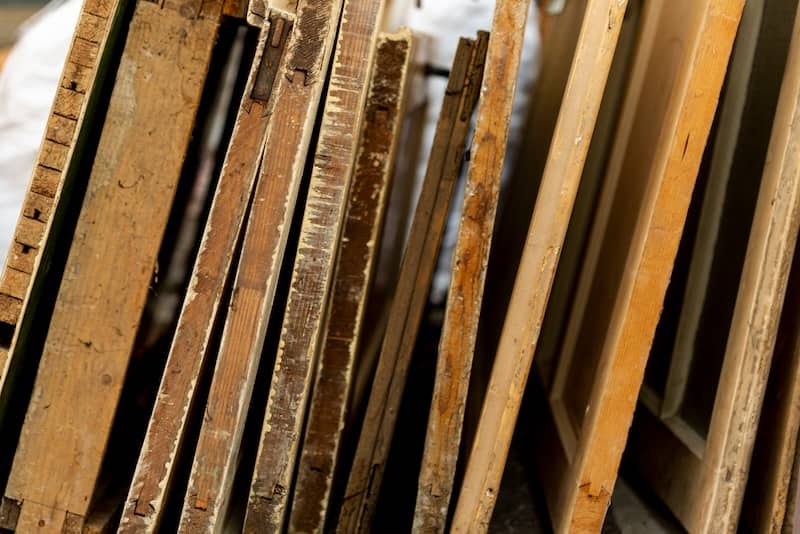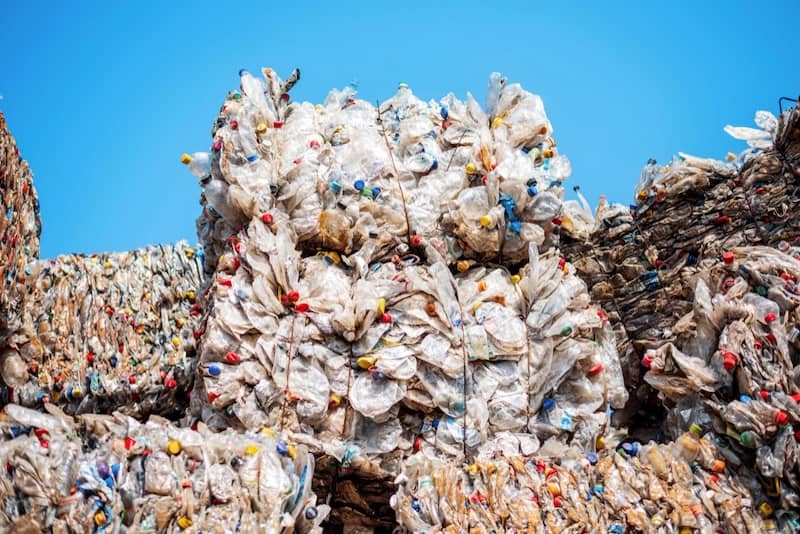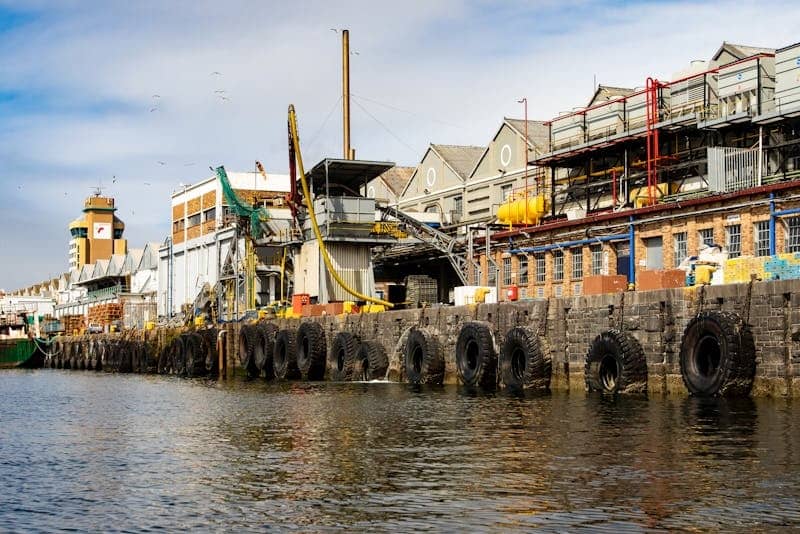The modern rubber tire is an essential part of our everyday life. Nearly every vehicle in use today requires some form of the rubber tire, from big rigs to bicycles. But how much do you know about how the tire’s predecessors developed into what we see today? Here are some surprising facts about the process.
1. You Used to Need More Than a Wrench
Think it takes a long time to get your tires changed? Just be glad you don’t drive a cart in ancient Mesopotamia.
When the first tires were being used to add traction to the wheels of carts and wagons, they were made out of leather, iron, or steel. To get these bad boys changed, you’d make a trip to the local wheelwright’s forge (which looked a lot more like a smithy than a maintenance bay).
Wheelwrights heated the tire material in their forge until it was malleable and then fitted it to the wooden wheel. The material was then cooled, or “quenched.” When quenched, the material contracted, molding to the shape of the wheel beneath it. As you can imagine, the process was lengthy and considerably more dangerous than changing tires today.
2. You Can Probably Guess Where Tires Got Their Name
Some names have long, complex histories. “Tire,” not so much. In the simplest terms, early leather and iron additions to cart wheels “tied” the elements of the wheel together, enhancing its use. Thus earning the name.
Early tires also employed several metal bands around the wheel to keep the exterior treatment in place, known as ties. Over time “tire” became an alternate word for these metal ties and was commonly used to refer to the treated wheel as a whole.
3. But You’ll Never Guess Where Modern Tires Hail From
Scotland is known for many things—kilts, bagpipes, sheep, etc.—but it’s also the home of the pneumatic (rubber) tire. And, like almost anything else in Scotland’s rich history, the exact origin is subject to some dispute.
Technically, Robert William Thomson of Stonehaven thought of it first. Thomson patented his version of the pneumatic tire in 1845 (when he was 23). But 42 years later another Scotsman, John Boyd Dunlop, created the predecessor of modern bike tires: an inflated rubber tube he used to make his son’s tricycle ride smoother.
Because Thomson’s tire had already been patented for more than 40 years (in several countries, including France and the United States), Dunlop’s patent was declared invalid. But Dunlop is credited with discovering rubber’s resilience (perhaps as a consolation prize).
4. You Can Spell it With a “Y”
Like many words in the English language, “tire” has had several makeovers in its life. In the 15th and 16th centuries, both “tire” and “tyre” were commonly used, with little to no geographical distinction.
However, after the creation of the printing press, spelling was standardized. It was at this point (in the 19th century) that “tire” became common use in the United States and Canada, while the United Kingdom, Ireland, Australia, and New Zealand stuck with “tyre.” Some linguists suspect this developed to distinguish the rubber wheel covering from the intransitive verb “to tire.”
Whatever the case, it is interesting to note that “tire” is one of the only words that is spelled one way in all of North America and another in other English-speaking countries.
5. Tire Recycling is Older Than You Think
Rubber recycling is not a new concept. In fact, it’s been around for as long as rubber has been used for industrial purposes. Which makes sense, since an ounce of rubber in 1910 was worth the same as an ounce of silver. As the cost of rubber went down, fewer people were motivated to recycle. This problem was exacerbated by the difficulty and expense associated with recycling certain types of rubber (steel-belted radial tires, for example).
However, recycling methods have progressed to the point that it is not only convenient, it can be profitable! Which is good news, considering the 290 million scrap tires produced annually in the United States alone.
Tires are essential—they keep your car on the road and your bike right-side-up—but they are also one of the greatest innovations of the modern world. And now you’ll think about how amazing that is every time you check your tire pressure or take your car in to get the tires changed. You’re welcome.




